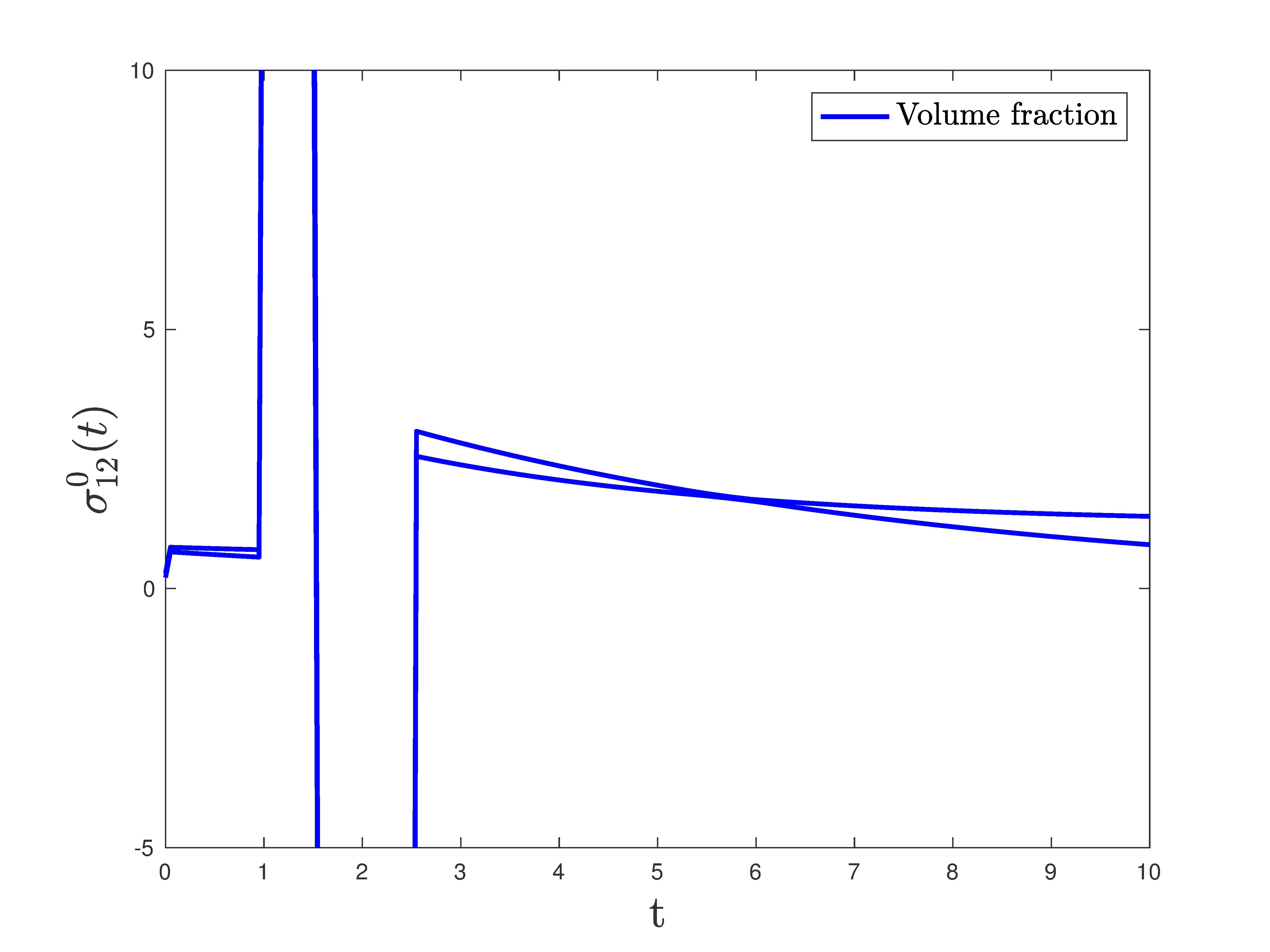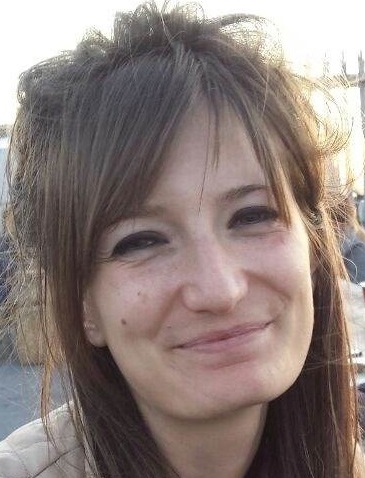Inverse problems in the time domain
In many applications, one is interested in determining whether there is an inclusion in a body and, if
present, its volume, as in medical applications for the detection of breast cancer, or in geotechnical applications for the detection of underground oil deposits. In particular, we want to probe the body with generic time-dependent fields
and then determine the volume fraction of the inclusion by measuring the corresponding response
only at specific times.
We use the results obtained for composites in Bounds on the effective properties of composites in the time domain and we tailor the boundary conditions so that the bounds on the response of the body in time are almost coincident at a chosen moment of time. Therefore, one has to measure the response of the body only at such a time to determine the volume fraction of the inclusion. Furthermore, one can perform two measurements to determine whether there is a third component in the body.

Figure 1. Here we apply 4 Heaviside functions: at t = 1; 1.5;2; 2.5, and the amplitude of each Heaviside function is such that the bounds on the time stress response of the body are coincident at t= 6 (for simplicity we cut the picks of the Heaviside functions: the highest is at 15 and the lowest at -10). Therefore, one has to measure the stress response only at such a time to determine the volume fraction of the inclusion.
Related publications
O. Mattei, G.W. Milton. Extraction of the volume fraction of an inclusion by boundary measurements in time (in preparation).


